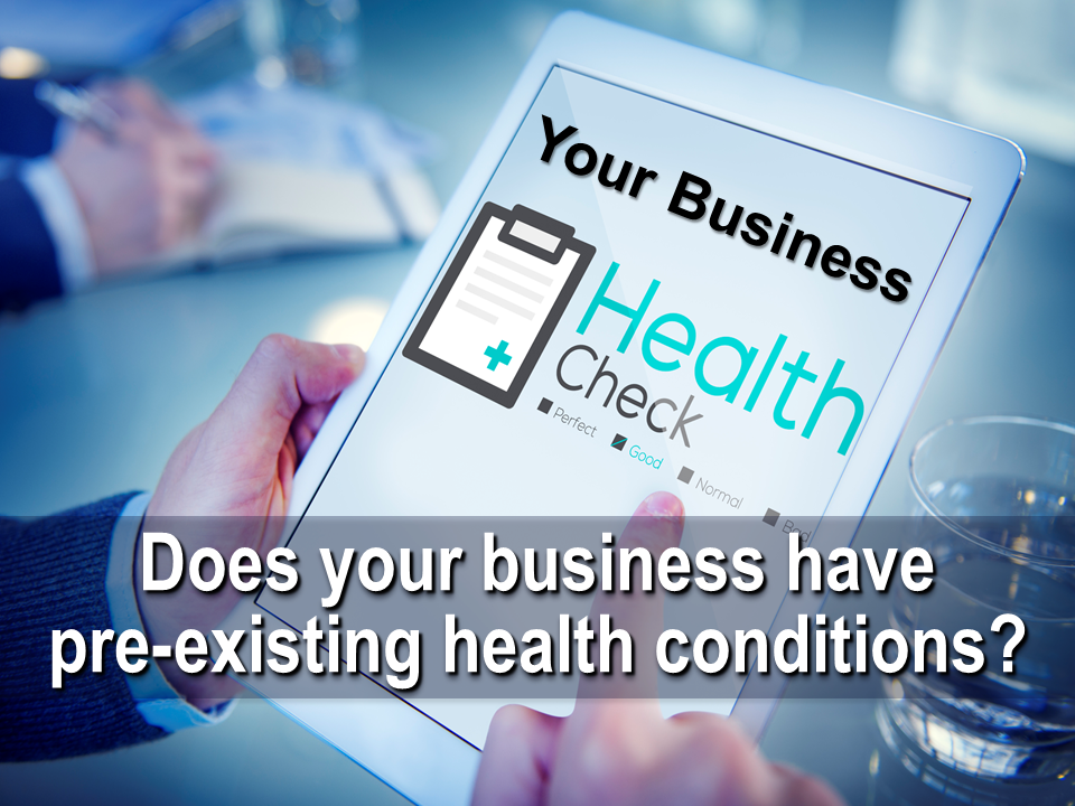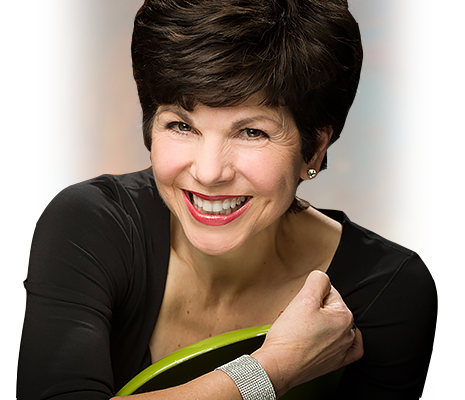
We’ve heard a lot about the increased risk that the COVID-19 virus poses to people with pre-existing health conditions. This includes people with ongoing issues like diabetes, high blood pressure, severe asthma, COPD, heart conditions, obesity, immunocompromised, and people over the age of 65 (check out this CDC webpage to learn more).
I think the same holds true for businesses with pre-existing conditions. That is, if your business has been wrestling with major issues prior to COVID-19 (e.g., high turnover, safety issues, hostile work environments, leadership issues, poor communication, quality issues, etc.) then you are likely to experience more pain, struggle and risk during this COVID-19 pandemic.
For example, Boeing aerospace company made a series of major mistakes with its 737 Max airplane, sacrificing safety measures for short term profits. 338 people lost their lives in two crashes of the 737 Max plane. But these are not the only accidents – check out this list of accidents and incidents. Clearly, the Boeing company has been struggling with underlying issues prior to COVID-19, and it will continue to suffer. Can this company make a comeback? I don’t know. Will these prior pre-existing problems magically disappear post COVID-19? Most likely not. The core problems will persist unless the company is committed to changing its “lifestyle.”
The Blame Game
I suppose it’s a natural human response to blame COVID-19 on our current problems. Or we can throw up a bunch of other excuses for why we can’t provide our customers with the level of service that they need, and our team members with the level of support that they deserve.
I had a recent experience that made me realize how corrosive the blame and deflect response can be to a business and its future prospects. For privacy purposes, I am going to mask the players in this scenario.
Presenting Symptoms
A professional business services firm has struggled with staffing for a number of years. There is a shortage of certified/qualified professionals in their industry. They have also lost a of number of key staff who have decided to go out on their own as consultants and contractors.
This firm has also experienced increased costs of equipment, software and services to do their work effectively. So what do they do? They pass through those increased costs to the customer without alerting them of the change. For me, that cost increase was a 60% jump in the professional fees that they billed me. I didn’t discover that until they invoiced me. I had to go back to past invoices to discover the source of the change and how large an increase it was. When I inquired about this situation, the leader of the firm confirmed that their costs had gone up, staffing was tight, and oh, by the way, they had mentioned the situation in the engagement letter he sent you a few months ago. Nice communication. Not!
Communication Disorder?
I had been wanting to share some feedback with the leader of this company for some time. I tried to find the right time and right way to share my thoughts. I didn’t want to be cruel or mean or unappreciative. But I felt he needed to know what was not working so well. I was already considering taking my business elsewhere, but I wanted to give him the chance to make the changes needed to retain my business. Could he hear me? Would he listen? Was he open? I hoped so.
I chose to communicate over the phone, rather than email. I asked his permission to share my thoughts with the question, “Are you open to some feedback?” I could tell that he was pretty resistant and defensive. I tried to make it safe for him to hear what I had to say by not making it personal. Over the phone I couldn’t see his body language, but I could envision him blocking and defending.
I was surprised when he took personal credit for actions and contributions made by his team. Then he finger pointed to his team members for things that were going wrong. Hmm. Maybe that’s why he’s having high staff turnover?
At one point he said, “I can’t do this work for free.” To which I responded, “Sure you can. Lots of people are reaching out to customers now during COVID-19 to offer a helping hand. And they are not charging.” He was stuck in the mindset of hourly billing. He forgot that he was in the business of being a “trusted adviser” not just a transactional doer.
Best Practice #9
Listen Carefully.
Respond Appropriately.
– Mark LeBlanc, business development author, coach, pilgrim
Listening Can Be Difficult
I ended the conversation thanking him and his team for all their hard work. We also had a little laugh about something that I don’t remember, but it lightened the mood at the end of the call. When I hung up I felt relieved that I had found a way to have that important conversation with him, as difficult as it might have been.
I also wondered how effectively I’m listening to my clients. Am I deflecting, blocking and blaming when people try to share important feedback with me? I can think of several times when my husband has attempted to give me feedback and I did everything but listen intently.
I am committed to communicating, connecting and listening to the many people on my success team including my clients, colleagues, key suppliers, advocates, trusted advisors, and yes, family and friends! Without them, I would be lost.
Resolving Your Underlying Health Conditions
So here we are in a pandemic crisis. Stress factors have multiplied. Uncertainty is off the charts. Fear and anxiety are seeping into our thinking, reactions, and actions. What value can listening offer us? Can listening intently and being open to feedback help us not only survive this crisis but start to address and resolve the underlying business issues that existed prior to the pandemic?
And so I leave you with advice that has been shared with me by my business coach, Mark LeBlanc. It’s one of his nine best practices. It is perhaps the most obvious, but the most difficult to practice. “Listen Carefully and Respond Appropriately.” Something that all of us need to work on. It’s not enough to hear; we must listen. It’s not enough to respond; we must respond consciously and with restraint.
Let’s use this time during COVID-19 to reflect on our own underlying career and business health conditions. Let’s make the commitment to do the hard work and make the changes necessary to our leadership, our communication, our relationships, and how we show up for people in our lives everyday. Let’s get healthier in all aspects of our lives – personal and professional!

